Table of Contents
PENGUIN

CLASSICS
THE BOOK OF MORMON
Founder of the religious movement known as Mormonism, Joseph Smith JR. (1805-1844) was born in Sharon, Vermont. His parents struggled financially, in farming and trading, and when Smith was a young boy they moved to a newly settled area of western New York near Palmyra. With minimal formal education but an intense curiosity about growing religious diversity in the area, Smith reported that in 1820 he began to have visions in which he communicated with God, Jesus Christ, and other angelic beings. Those experiences culminated, by 1830, in the publication of the Book of Mormon and his founding of a new church, which was officially named the Church of Jesus Christ of Latter-day Saints in 1838. Facing persecution, Smith and his followers fled to Ohio, Missouri, and finally Nauvoo, Illinois. Between 1839 and 1844, Smiths continuing visions instructed his followers, the Saints, in how to reestablish the true Christian church. Under his leadership, the Mormons in Nauvoo built a self-sustaining community of approximately 15,000 people, roughly the same size as Chicago at the time. Smith also continued his work translating texts, and by the end of his life he had penned his own translations of the Bible and several other works that he claimed were ancient records. Many of his visions during the last period of his life were also recorded and later published in the Doctrine and Covenants, a text that became part of the authorized scripture of his church. Smith married Emma Hale in 1827 and had eleven children, six of whom died in infancy. He was assassinated by a mob in Carthage, Illinois, in June 1844. The church he founded, now split into a number of branches, currently has more than thirteen million members.
LAURIE F. MAFFLY-KIPP is an associate professor in the Department of Religious Studies at the University of North Carolina at Chapel Hill.
Introduction
A sign of new beginnings, the words of a young prophet, a portent of the end times, a soporific fairy tale, a New World hoax, or the delusions of a troubled imaginationall of these labels and more have at one time or another been attached to a small volume first published by Egbert B. Grandin in Palmyra, New York, in 1830. One of the most controversial books ever written, the Book of Mormon has attracted many more opinions than readers, and the circumstances of its appearance are nearly as colorful and contested as the story contained within the book itself. Even categorizing it presents great difficulty. Is it a novel? A new sacred text? Or something else altogether?
Describing what the Book of Mormon is, and what it has meant to believers and nonbelievers since its first publication in 1830, goes a long way toward explaining why it is such an important historical document. This edition, published in 1840, was the last of three revisions undertaken by Joseph Smith Jr., the author/ translator of the book, before his death in 1844. There have been numerous revisions since that time, but this edition most closely approximates Smiths final concept of the text, and thus it provides an intriguing window into religious life in the early nineteenth-century United States. Those readers hoping to learn about the religion of contemporary Mormons may be surprised at or puzzled by its contents: Here you will find no mention of the practices or beliefs that many people today associate with Mormonism. The Book of Mormon does not dictate lifestyle traits or health codes, nor does it educate readers about priesthood hierarchy, ordinances for the dead, esoteric rites, or eternal marriages. The Book of Mormon is, first of all, a story of ancient peoples. More than that, its composition and appearance in upstate New York in 1830 was a dramatic sign for many people that God was once again communicating directly with his chosen people on earth. One can therefore read this book as an historical text that reveals a great deal about the desires and questions of Americans in the early national era, and as a sacred text whose meanings have shifted over the years to fit the needs of various religious communities.
However one decides to think about this book, it is a fascinating tale well worth reading for a number of reasons. Appearing today in a number of different versions and editions, it has been translated into more than one hundred languages and shapes the cultures and worship practices of nearly thirteen million people around the world. More than one hundred million copies have been distributed worldwide. The book makes claims for its own origins that are equally dramatic, relying on the prophetic powers of an untutored New York farmhand in the early nineteenth century. The story contained within the book transports readers to a new imaginative realm, detailing a flourishing ancient world visited by a resurrected Christ, introducing an even older civilization that preceded it, and foreshadowing, according to many interpreters, the later rise of the American nation and the restoration of truth to the earth in the latter days. Finally, the books assertions about its place in a larger sacred drama, indicating as they do the possible existence of numerous sacred records of ancient peoples, open up human history itself to new interpretative possibilities. For any reader wanting to learn more about the history of American religion, the Book of Mormon is an indispensable document.
I. STRUCTURE OF THE TEXT
This book presents some formidable obstacles for a new reader, however, and so it is important first to describe its structure in order to make sense of its contents. The basic plot of the story is relatively straightforward: The narrative recounts the fate of the family of Lehi and Sariah, a small group of inhabitants of the ancient Near East who fled Palestine in the sixth century BCE and journeyed by boat to a new Promised Land (later identified by Joseph Smith as the Americas). There they eventually divided into two fraternal groups, the Nephites and the Lamanites. Over the ensuing centuries the communities, led by a series of prophets, missionaries, politicians, and military leaders, migrate, go to war, follow the dictates of God, and repeatedly fall into sinfulness. In the decades just prior to the death and resurrection of Jesus Christ in Jerusalem and Galilee, a time of increasing unrest, new prophecies announce the impending arrival of the risen Messiah. After Christs appearance to the Nephites, detailed in passages that closely parallel biblical accounts of the resurrection, peace and harmony reign as the Nephites and Lamanites draw together into a common Christian community. Inevitably, though, tension and violence erupt, and in the early fifth century Ce the Lamanites kill off Mormon and his son Moroni, the last of the virtuous Nephites, bringing the saga to a tragic close. Joseph Smiths followers have long believed that the surviving Lamanites were the ancestors of contemporary Native American peoples.
There is also a relatively brief subplot toward the end of the Book of Mormon that describes the rise and fall of a second civilization, the Jaredites, who had arrived in the region two thousand years earlier, shortly after the dispersion of peoples from the Tower of Babel. Like the Nephites, the Jaredites prosper and live according to Gods revelations, and one of their prophets is also visited by Jesus Christ (this time in his pre-bodily spirit form, since this is said to have taken place long before his death and resurrection). But the Jaredites also fall away from Christs teachings until finally they, too, are annihilated in a civil war. Ether is the name of the Jaredite who recorded the stories of his people before his own death and hid the records, which were discovered later by the Nephites and incorporated into their own accounts. Like the Nephite story, then, the narrative of the Jaredites furnishes another morality tale demonstrating the power of faithfulness and enjoining readers to obey the commands of God or risk the fate of past civilizations.


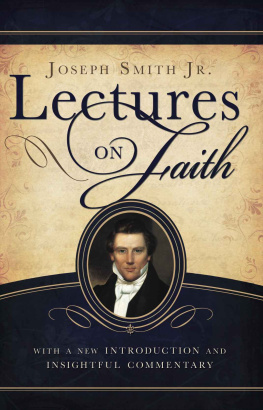
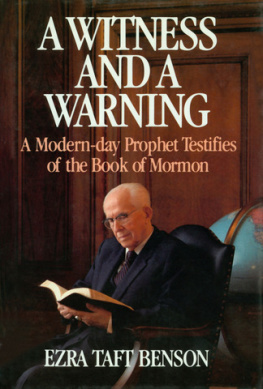
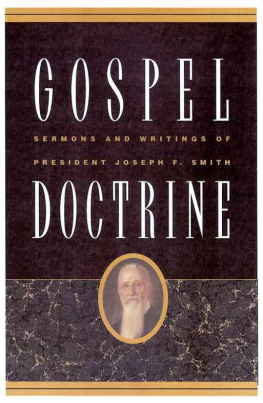
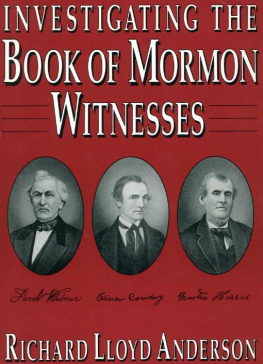
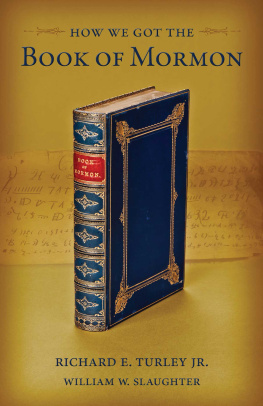

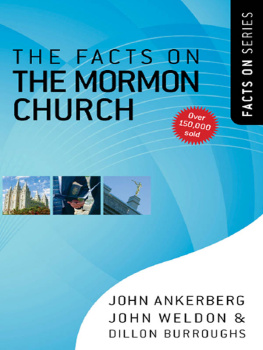
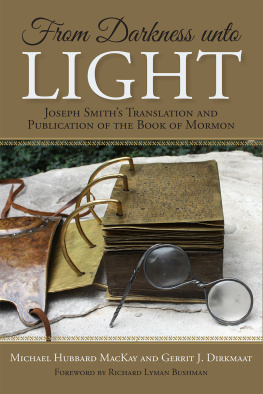
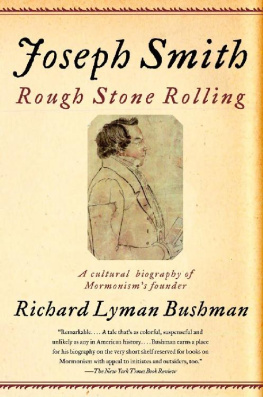
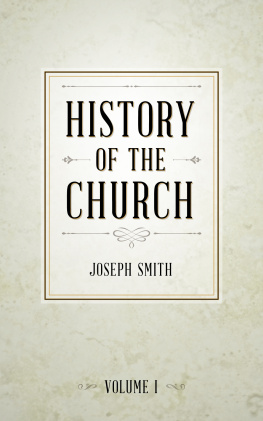

 CLASSICS
CLASSICS